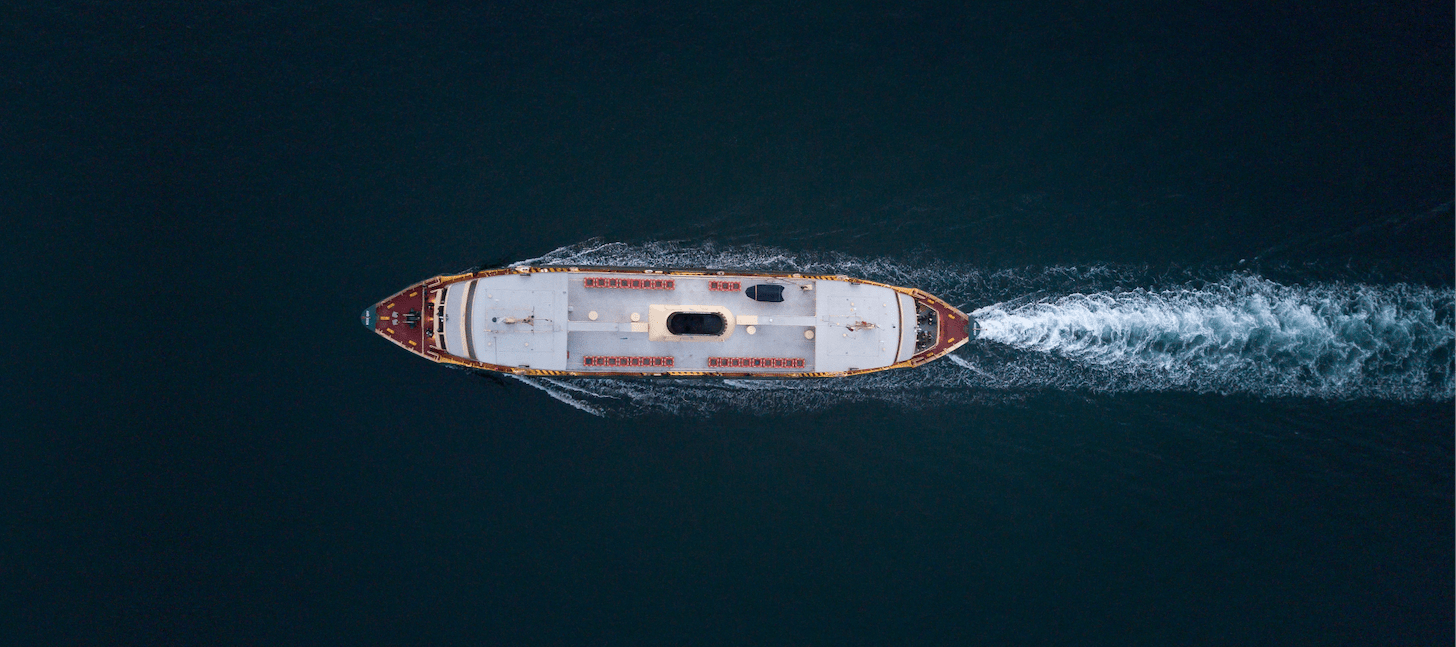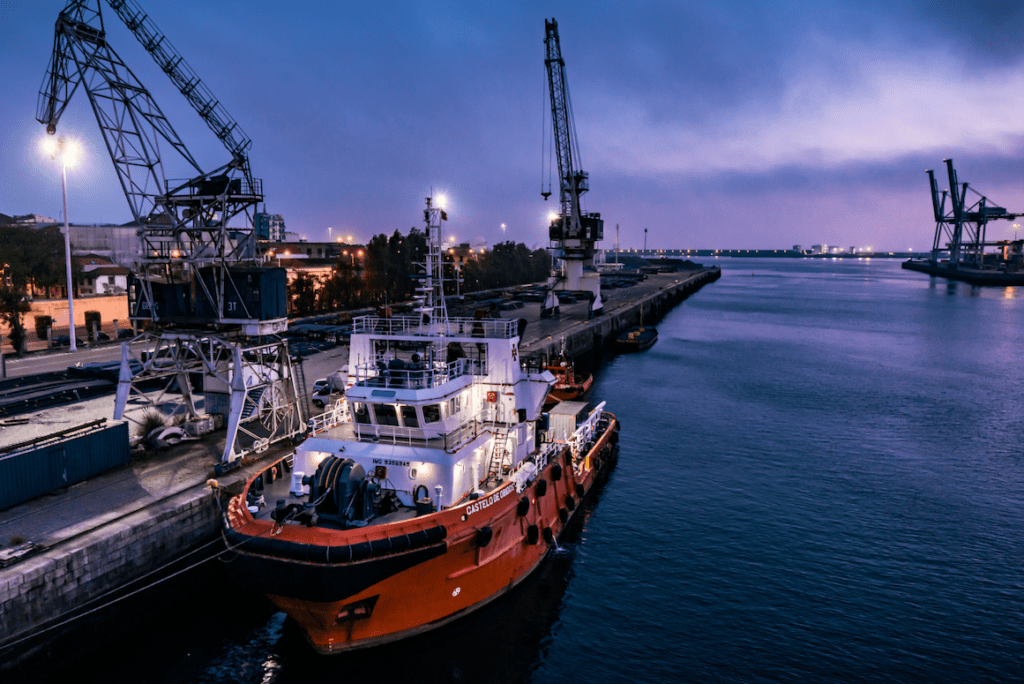
As clients increasingly turn to sea freight in an effort to reduce the environmental impact of international art shipping, whilst also combatting record air freight rates, we thought it useful to pull together a list of 4 factors that it helps to be aware of prior to shipping works via sea.
As you will be aware, art shipping via sea freight is a lengthy process and in order to avoid complications it’s always good to plan your artwork’s journey in advance. The average shipment via sea freight from London to New York, for example, takes 12 days port to port – compared to 1 day via air. Planning a shipment in advance will also ensure that you secure the best rate possible.
Make sure to share artwork details (including the medium, size, packing requirements and value) and any other information regarding the shipment dates and destinations at least two weeks prior to shipping.
Of course, your logistics provider will be able to provide specialist advice on how works should be packed and will be able to sort this for you.
You need to check to see whether transporting works via sea-freight is covered in your existing policy, because, historically, insurers have been considering sea freight as a riskier shipping option.There may, in some circumstances, by a premium charge for sea-freight shipments which will need to be added to your existing policy. Alternatively, your logistics provider can arrange for the insurance under their policy. In the following points, we will also cover how any increased risks can be minimised.
At this point, it’s worth noting that Queen’s have an extremely competitive in-house insurance rate when it comes to moving works via sea-freight. If you would you like to speak with a member of our team regarding insurance, please contact [email protected]

As part of their sustainable shipping campaign, the Gallery Climate Coalition has worked with insurance providers on a set of guidelines that should be followed to minimise the risk of art shipping via sea freight.
Although your logistics provider should have these on file and should be following these already, it’s always worth checking. You can find the latest guidelines here and make sure that your logistics provider has requested that the container be stowed below deck, condition reports are completed and that only ‘Grade A’ Reefer containers are accepted.
For the most popular routes, you may be able to opt for a consolidated sea-freight option. Although you might face less flexibility regarding dates, this option may be more cost effective and the carbon impact of moving your works will be reduced further. If you would like to explore consolidated sea-freight options for art shipping, it’s important that you work with your logistics provider well in advance. This way, you can increase the likelihood of being able to consolidate your shipment, whilst also ensuring all the correct documentation is in place, which will minimise any delays.
Should you be looking to explore how to ship more works via sea freight, your Queen’s contact remains and your disposal. We will be able to advise on the most appropriate option available to you. Alternatively email [email protected] and one of our international art shipping managers will be in touch.